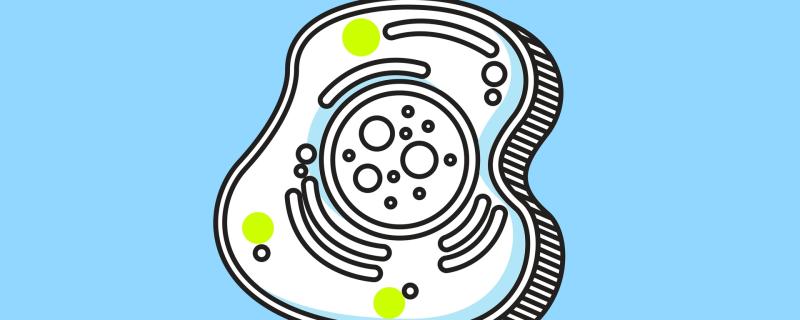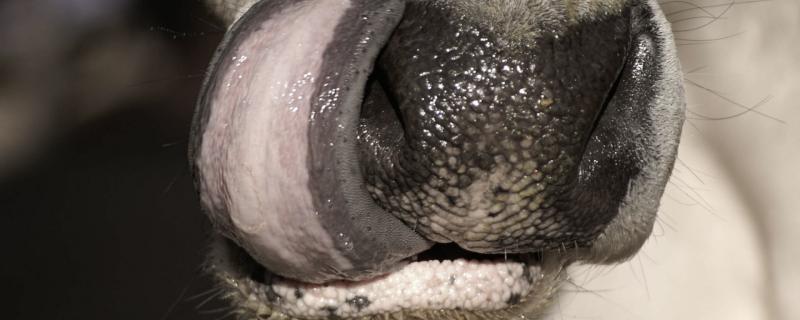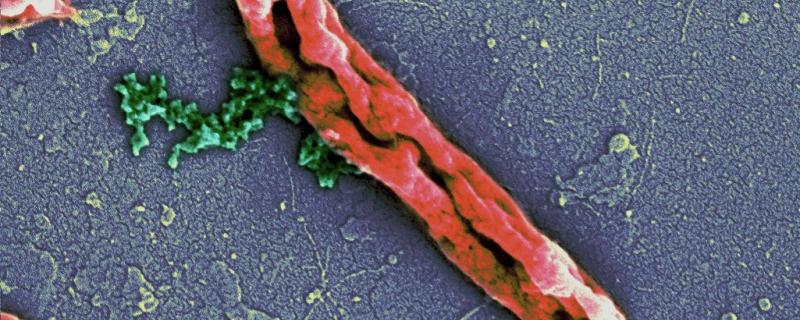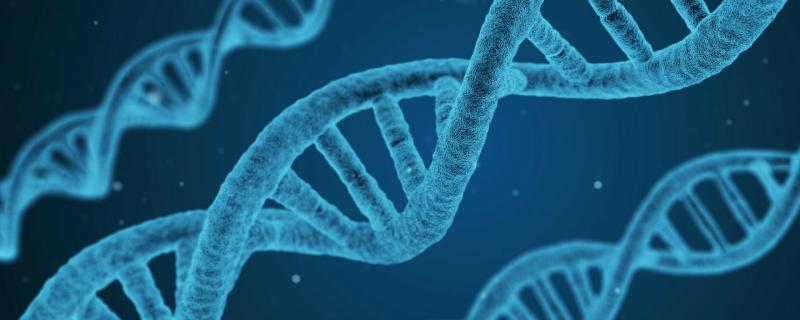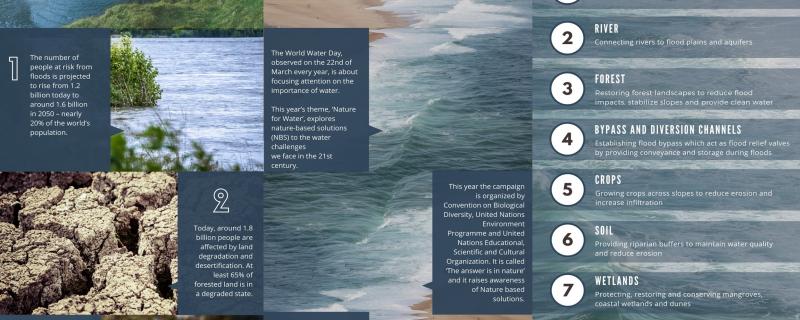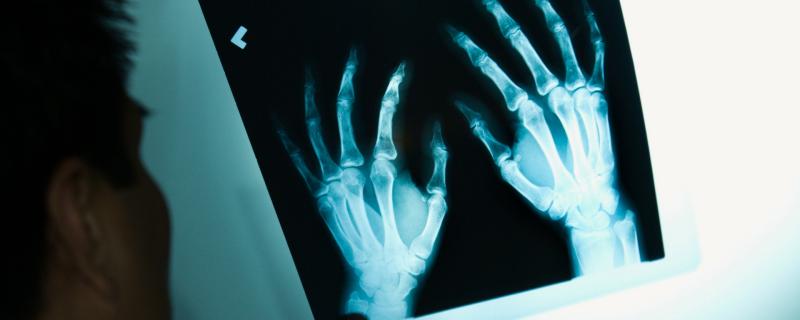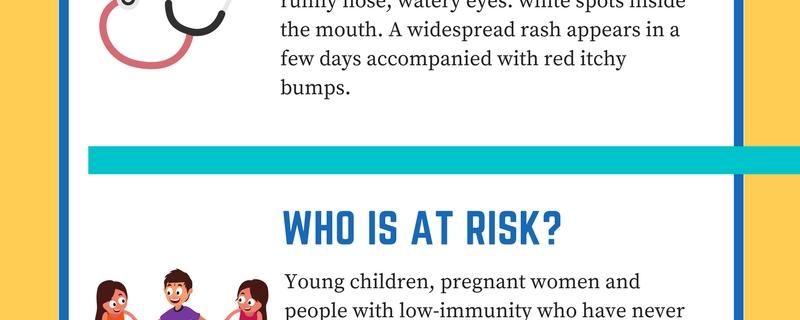Researchers from ICMR-National Institute for Research in Reproductive Health, Bombay, College of Pharmacy, and Indian Institute of Technology Bombay in Mumbai used popular online algorithms and molecular dynamics, to design an effective antimicrobial peptide.
Health
Scientists at Indian Institute of Technology Indore, Indore have developed L-lyso—a novel water soluble, fluorescent dye which can permeate the membranes of lysosomes, marking them for future tracking and imaging.
In a first comprehensive study, researchers from the Lala Lajpat Rai University of Veterinary Sciences and Animal Sciences and G. B. Pant University of Agriculture and Technology have explored the reasons behind the prevalence of Bluetongue Virus (BTV) in the state of Haryana. BTV is responsible for causing the bluetongue disease—a non-contagious, insect-borne, viral disease caused mainly in sheep and less frequently in cattle, goats, buffalo, deer and antelopes.
Researchers from the Indian Institute of Science, Bangalore use a computational approach to design peptides which are highly effective in killing drug resistant microbes.
A new study by scientists at Council for Scientific and Industrial Research (CSIR) - Institute of Genomics and Integrative Biology and All India Institute of Medical Sciences in New Delhi have identified the potential role of two genes--ARID1A and KAT2B in the development of obesity.
Scientists from the Indian Institute of Technology, Kanpur, devise a new method to make chemotherapy safer and easier with the help of liposomes.
Evolution has equipped us with ingenious stress responses (flight or fight), to maximise our chances of survival against life threatening threats. An adrenaline rush prompted by our brain during threats increases our blood pressure, heart rate and blood sugar levels enabling us to remain alert and respond to threat. Cortisol, a stress hormone released by the brain keeps these levels high as long as the perceived threat persists.
Mending broken bones is a long and tedious process. Study from the Indian Institute of Technology, Hyderabad aims to study the structure and composition of human bones to help in repairing them.

